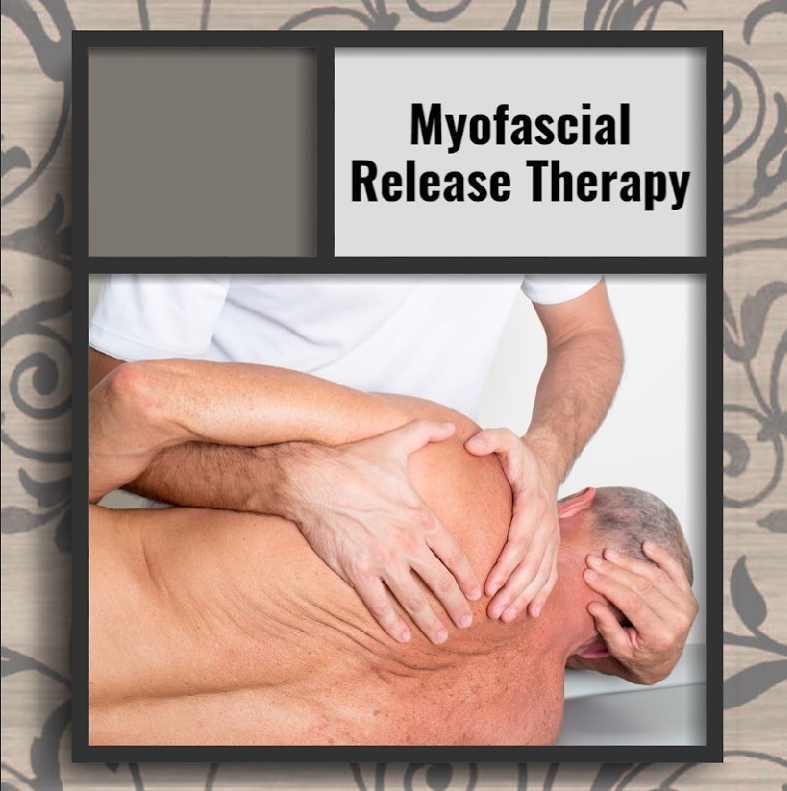What To Expect During Myofascial Release Therapy
Myofascial Release Therapy | Komp Chiropractic and Acupuncture Clinic

WHAT TO EXPECT DURING MYOFASCIAL RELEASE THERAPY
Myofascial release is a type of physical therapy that is often used to treat myofascial pain syndrome. Myofascial pain syndrome is a chronic pain condition caused by sensitivity and tightness in the myofascial tissues. These tissues surround and support your muscles all over your body. The pain is usually caused by specific points within your myofascial tissues known as "trigger points."
Myofascial release aims to alleviate pain by releasing tension and tightness in trigger points. It is not always easy to determine which trigger point is causing the pain. As a result, myofascial release is often used over a large area of muscle and tissue rather than at single points.
What To Expect During Myofascial Release Therapy
Your therapist will massage the myofascial gently and check for stiff or tight areas. Normal Myofascia should be soft and pliable. With manual light pressure, the therapist will begin massaging and stretching the rigid areas. The therapist then works with the tissue and supportive sheath to relieve pressure and tightness. The process is repeated several times on the same and other trigger points until the therapist feels the tension is completely released.
The areas where the massage therapist is working may not be where the pain is coming from or where it hurts the most. Myofascial release targets the larger network of muscles that may be causing your pain. It aims to reduce tension throughout your body by releasing trigger points throughout your muscular system.
When Can Myofascial Release be Helpful
Myofascial pain syndrome is caused by a stimulus that causes trigger points in your muscles, resulting in tightness and discomfort. The following factors may increase your risk of myofascial pain syndrome:
- Sports injury – An acute muscle injury or chronic muscle stress may lead to the development of trigger points or ineffective movement patterns.
- Long-term posture or body use, such as constantly leaning on one leg or sitting at a computer for eight hours per day.
- Weakness in supporting structures, which overloads other tissues, causing them to become strained and painful.
- Stress and anxiety – Individuals who frequently experience stress and anxiety are more likely to develop muscle trigger points, sometimes due to increased clenching and poor posture.
As long as you receive myofascial release therapy from a trained professional, there are very few risks associated with this type of treatment. Many patients with chronic or short-term back pain are interested in the relief this method can provide.
Myofascial Release Therapy Sessions
Sessions of MFR therapy are similar to post-operative physical therapy. At the first appointment, restricted fascial areas will be identified, and loss of motion or symmetry will be assessed. Additional sessions typically last 30-60 minutes and are scheduled every few days. MFR therapy can last weeks or months, depending on the intensity and extent of the injury or disability. Each session typically begins with applying gentle pressure or a sustained low-load stretch to the affected body area.
Myofascial release therapy can be used before or in addition to other forms of treatment. People who use MFR therapy may also benefit from self-stretching exercises, heat and ice therapy, manipulation, acupuncture, and physical therapy.
Learn More About Myofascial Release In Omaha, NE
If you want to learn more about this treatment method or discuss whether it should be included in your treatment plan, don't hesitate to get in touch with Komp Chiropractic and Acupuncture Clinic in Omaha, NE. We'd be happy to tell you more about how myofascial release works and whether it can help you.
Omaha Chiropractors and Acupuncture




CONTACT
CONTACT
SERVICES
QUICK LINKS
QUICK LINKS
BUSINESS HOURS
- Mon - Wed
- - -
- Thursday
- - -
- Friday
- -
- Sat - Sun
- Closed
Copyright Komp Chiropractic and Acupuncture Clinic | Proudly Powered by Snapps






